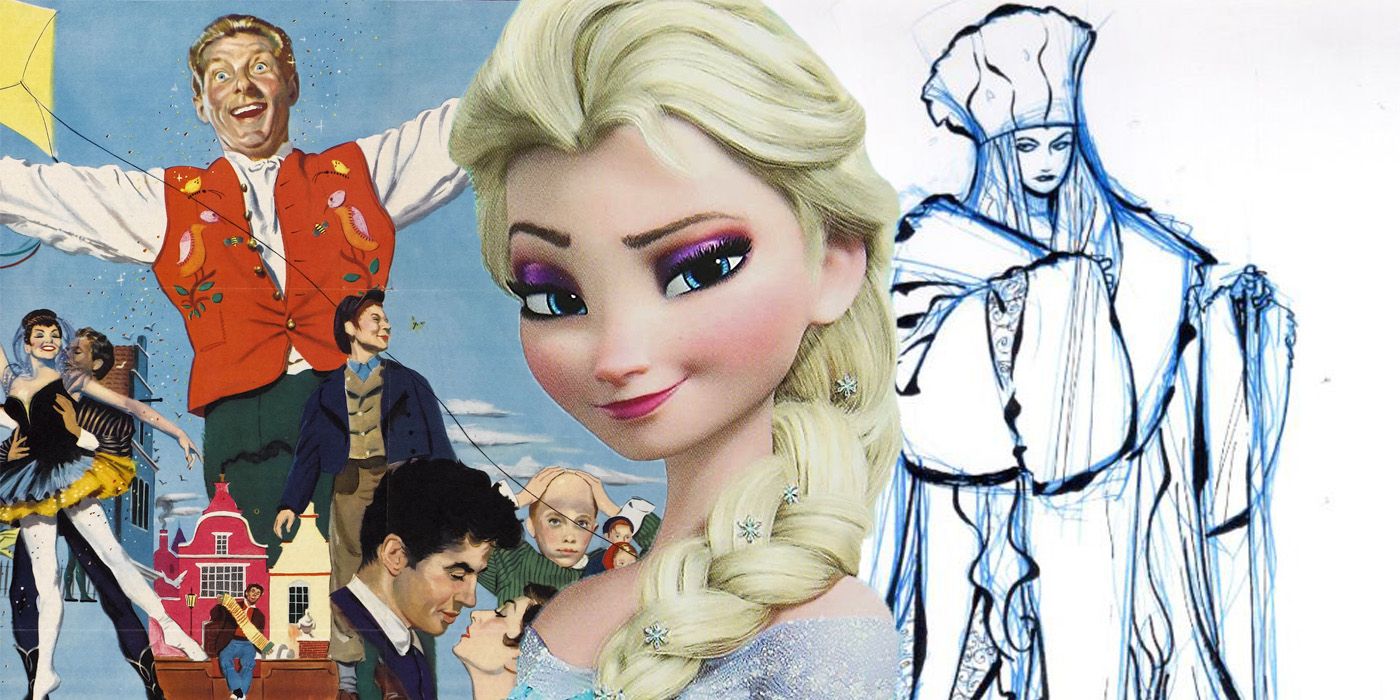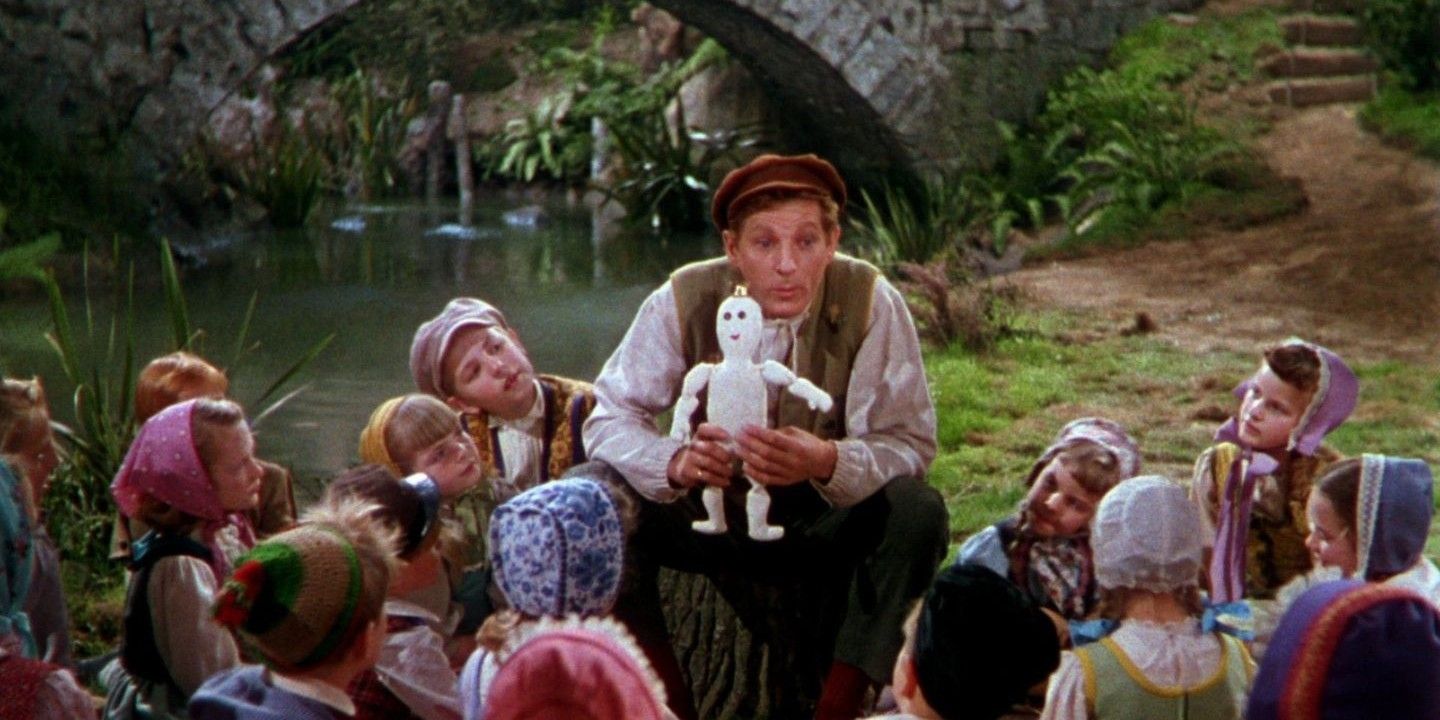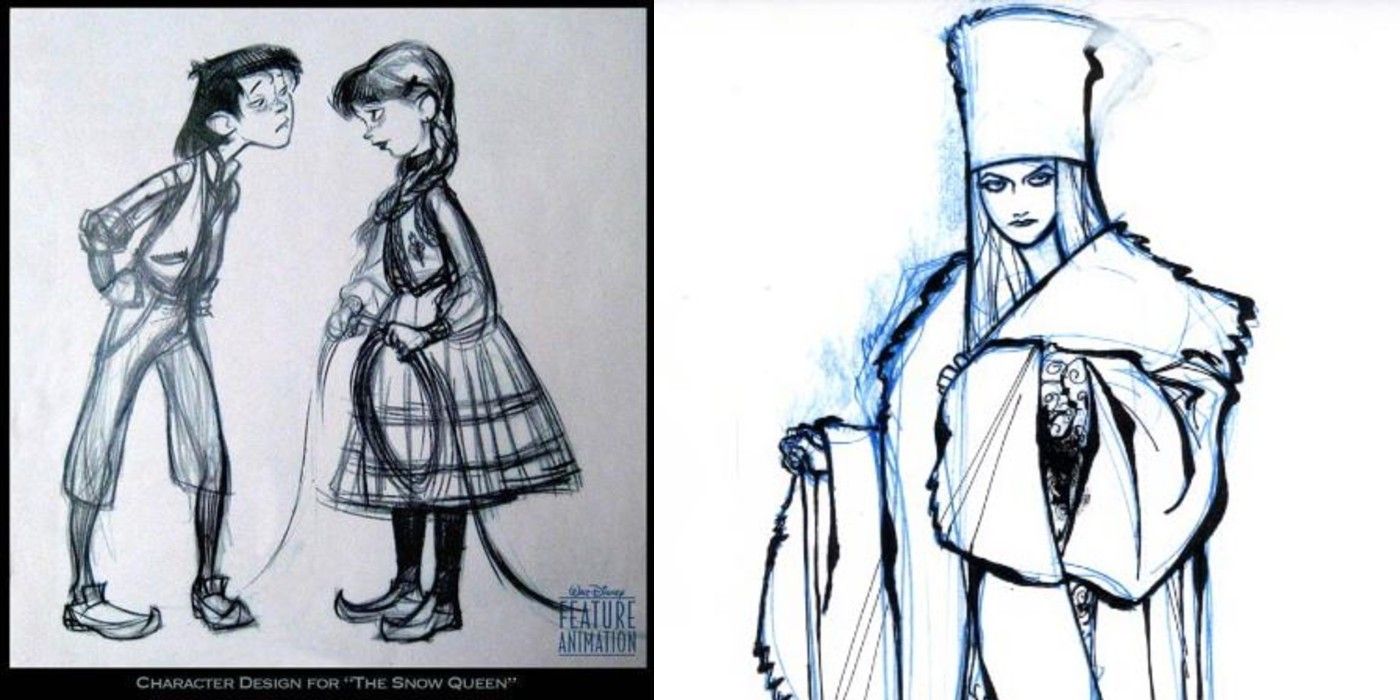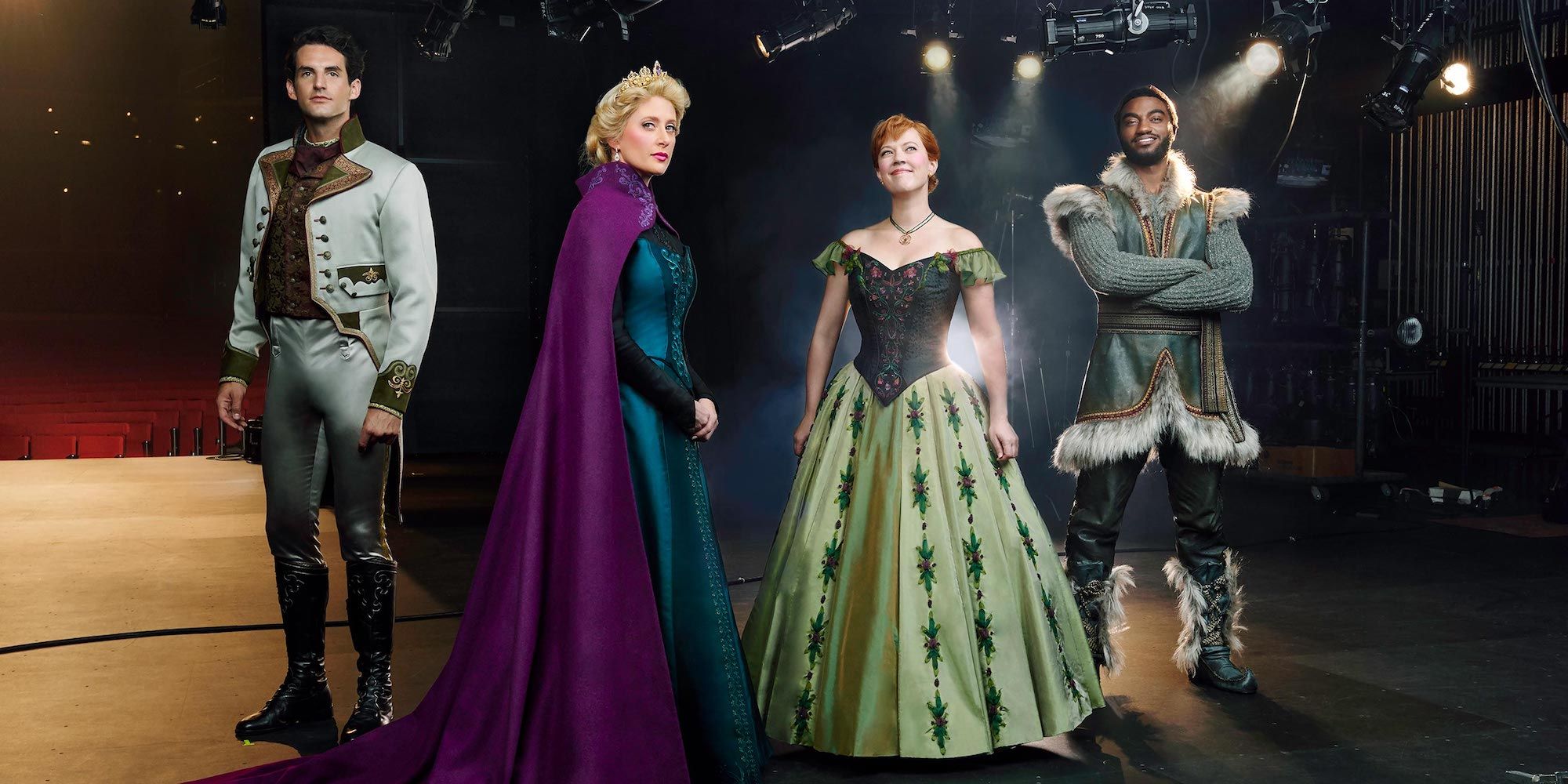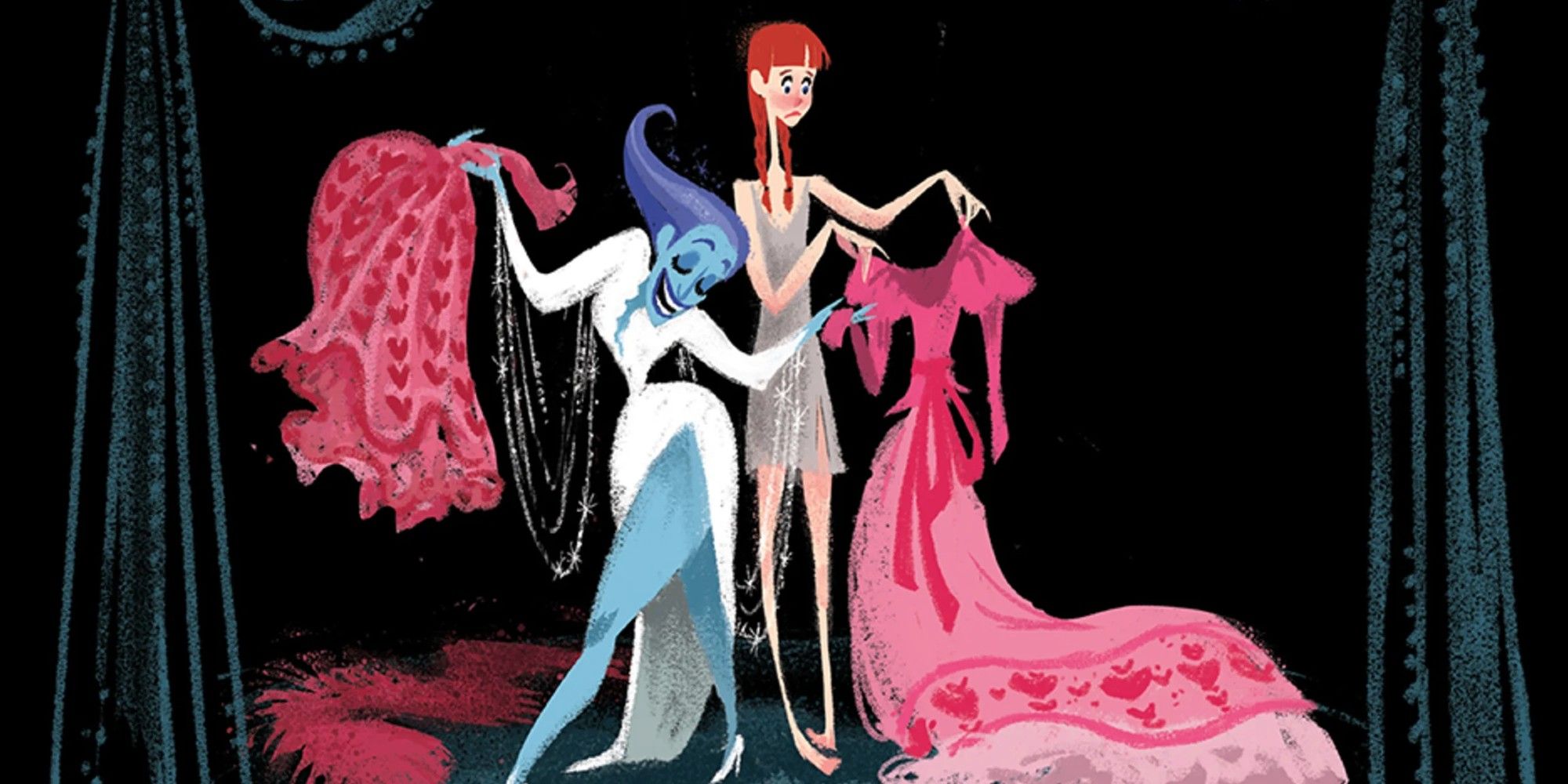Frozen was a massive hit upon its release in 2013, three-quarters of a century after Walt Disney Pictures first began planning an animated adaptation of Hans Christian Andersen's The Snow Queen. From the first efforts in the 1930s and 40s up until later stalled attempts in the late 1990s and early 2000s, Frozen was definitely a long time in the making.
Directed by Chris Buck and Jennifer Lee, Frozen is a very loose adaptation of The Snow Queen. The original tale follows two childhood friends who are separated when the boy, Kay, gets splinters from a shattered demonic mirror stuck in his eye and his heart, and runs away with a mysterious and powerful woman called the Snow Queen. His friend Gerda decides to pursue him and bring him home, and has many adventures along the way.
The Snow Queen's story seemed tailor-made for adaptation into a Disney movie, but by the time it made it to the big screen the story was substantially changed. Frozen instead followed two princess sisters who are driven apart when the older sister, Elsa (Idina Menzel), accidentally unleashes her magical ice powers and flees the kingdom. The younger sister, Anna (Kristen Bell), resolves to bring Elsa home and break the ice spell hanging over Arendelle, and there are also friendly trolls, a talking snowman, and a wicked prince in the mix. So, how exactly did The Snow Queen become Frozen?
Walt Disney's Original Snow Queen Movie Plan
Disney's first planned adaptation of The Snow Queen did eventually get made - though not by Disney. In 1936, producer Samuel Goldwyn came up with the idea to make a movie about Hans Christian Andersen that would feature several of his stories. At around that time, artists at Disney were also visually developing animated adaptations of Andersen's stories (one of those stories, The Ugly Duckling, was released as a short film in 1939 and won an Oscar). The Snow Queen was among the stories that Disney's artists were developing. Seeing a potential opportunity to combine their ideas by having a Hans Christian Anderson movie with animated segments, Goldwyn and Disney entered discussions for a picture where Samuel Goldwyn Productions would shoot the live-action portions, and Disney would animate the fairy tales.
The film went into active development in 1940 and continued until 1942, when production was interrupted by the United States' entry into World War II and a shift of focus towards military propaganda (which wasn't exactly a big theme in Andersen's stories). The project was shelved for the duration of the war, and that's where the collaboration between Goldwyn and Disney ended. Hans Christian Andersen was eventually produced solely by Samuel Goldwyn Productions, featuring musical sequences but no animation, and released in 1952. What followed was a long hiatus for Disney's take on The Snow Queen, until the idea re-emerged at the end of the century.
Disney's Snow Queen Movie Attempts In The 1990s & Early 2000s
The Snow Queen returned to the development slate in the late 1990s, initially with plans for hand-drawn animation. Artists at Disney began visually developing ideas for the new film, and a revolving door of potential creative leads lined up to lead it. Jim Hill Media reports that Harvey Fierstein pitched his own take on The Snow Queen while he was recording for Mulan. French animators Paul and Gaëtan Brizzi (who worked on Fantasia 2000 and Tarzan) were also in the mix, as was We're Back! A Dinosaur's Story director Dick Zondag and Tangled art director David Goetz.
One of the creatives who worked on developing The Snow Queen at Disney was Glen Keane, a character animator who worked on several Disney Renaissance movies, and who went on to develop the visuals for Tangled. Keane worked on The Snow Queen for several years, with plans to direct the movie, and it was around this time that Disney settled into the idea of making it CG animated rather than hand-drawn. The animation style would reportedly have been similar to that of the "Steadfast Tin Soldier" sequence in Fantasia 2000. However, Keane's version of the film never came to fruition, and he quit the project in 2003. In a 2011 interview with Den of Geek, Keane expressed his hope that Disney would figure out a way to bring the fairy tale to life, saying, "The Snow Queen is a wonderful story. Its root goes way, way deep, frighteningly deep."
Disney continued to pursue the idea of a Snow Queen movie even after Keane's departure. James B. Stewart's book DisneyWar recounts a creative meeting of Disney's feature animation team where Snow Queen was discussed. At that time, the idea in play was for a Taming of the Shrew-type story where the Snow Queen freezes the hearts of her many suitors before finally having her own heart melted by a "regular guy." According to Stewart, then-Disney CEO Michael Eisner loved the idea - but, like the many other versions of The Snow Queen before it, it never came to fruition.
The Snow Queen Musical
Frozen the Musical has been playing on Broadway since 2018, but it wasn't the first attempt by Disney to do a musical stage production of The Snow Queen. In March 2006 Disney announced that famed composer Alan Menken (who wrote the music for many Disney Renaissance hits, including The Little Mermaid, Aladdin, and Beauty and the Beast) was set to create a stage musical based on The Snow Queen, and that it would debut at the Tokyo DisneySea theme park in summer 2007. However, the project was cancelled just a few months later. Jim Hill Media reports hearing two different explanations for this from Disney insiders: straightforward budget concerns about the cost of shutting down Tokyo DisneySea's current show and building the expensive sets and visual effects The Snow Queen would require; and Disney's renewed desire to develop The Snow Queen as an animated movie rather than a stage musical. Indeed, Menken began developing an animated movie based on The Snow Queen instead, collaborating with lyricist Glenn Slater and director Mike Gabriel. Like the many attempts before it, however, it ultimately fizzled out.
Anna and the Snow Queen
The roots of Frozen as we know it today can be found in Frozen co-director Chris Buck's original planned adaptation, Anna and the Snow Queen, which entered development in 2008. As the title suggests, it was this version that changed Gerda's name to Anna (but kept the idea of her going on a rescue mission to the Snow Queen's palace). The Snow Queen was still a villain, and Kristoff existed in the form of the boy that Anna goes to save. Megan Mullally was attached to play Elsa, and Josh Gad (who voices Olaf) also became attached at this stage.
However, Anna and the Snow Queen was afflicted by the same story and character problems that had plagued just about every other version of the adaptation - chief among them, the challenge of the Snow Queen herself. In Andersen's story she is deliberately mysterious; not particularly malevolent or evil, but simply distant and beautiful, working as a force of nature. She didn't work particularly well as an outright villain, and so in early 2010 Anna and The Snow Queen went back into development hell while Disney focused its attentions on Tangled. Some time between then and December 2011, when Frozen was officially announced with its new title, someone at Disney (producer Peter del Vecho says that no one quite remembers who) came up with the idea of Anna and Elsa being sisters. Everything finally fell into place, and Disney finally succeeded in bringing the Snow Queen to life.

